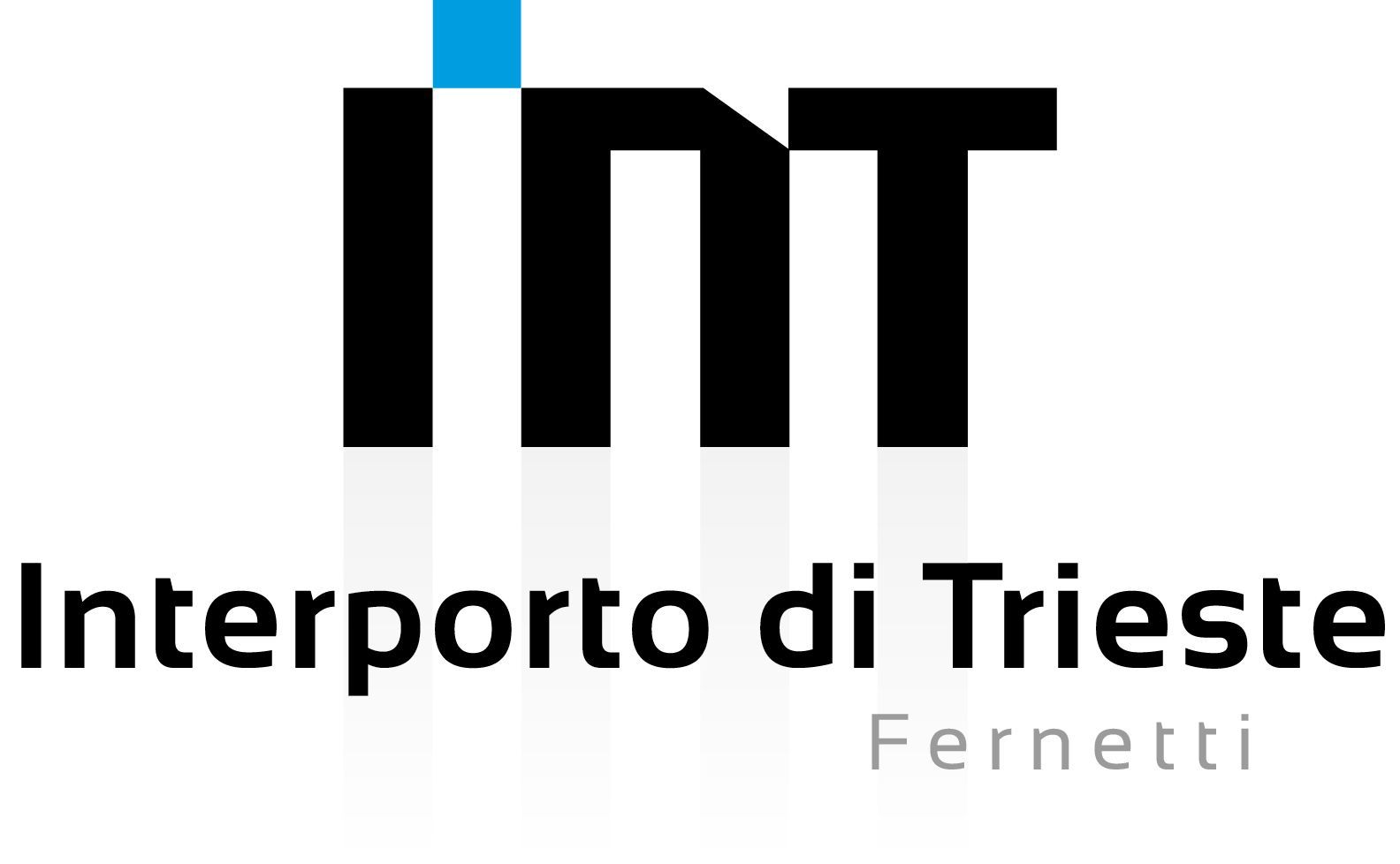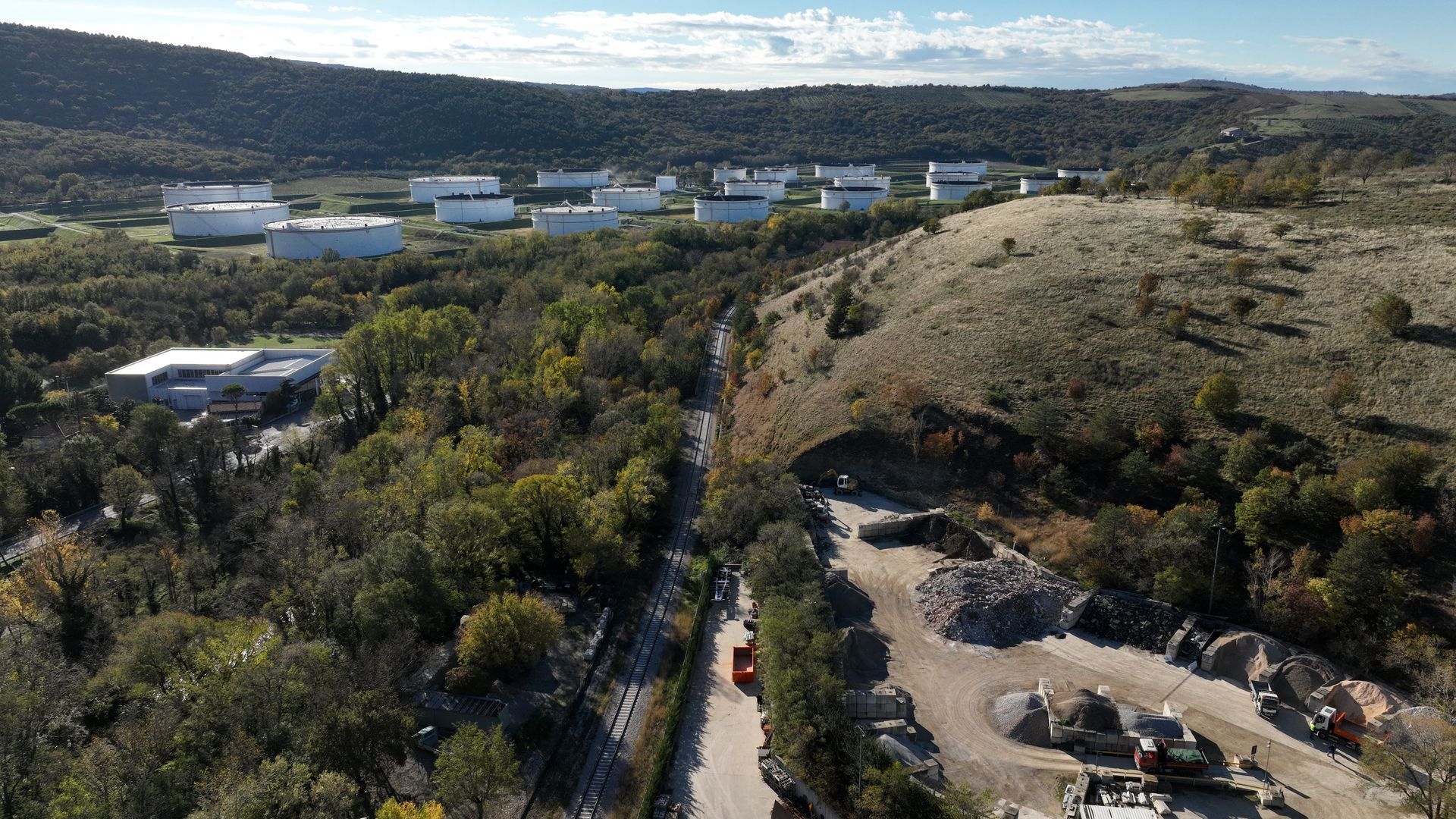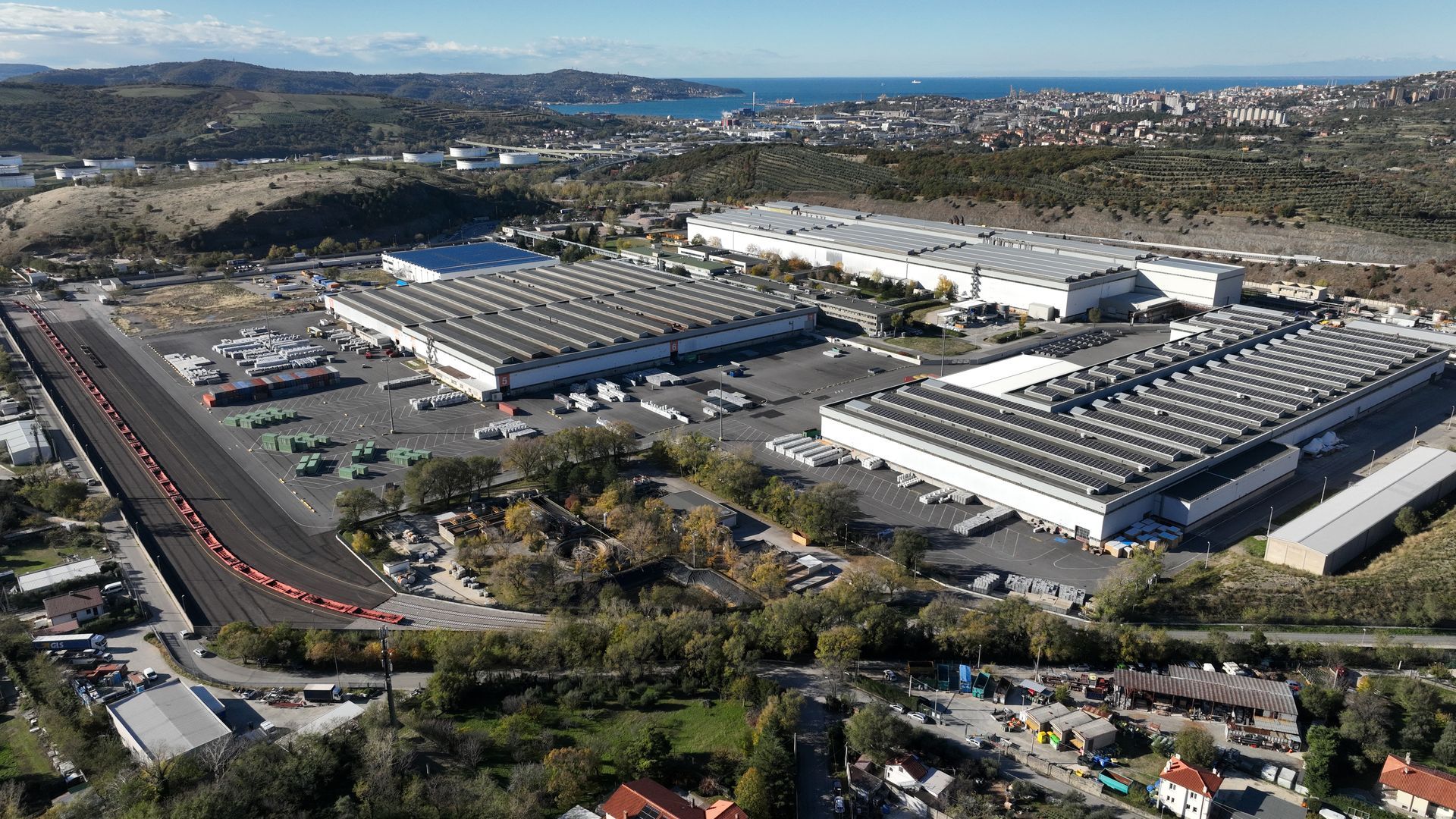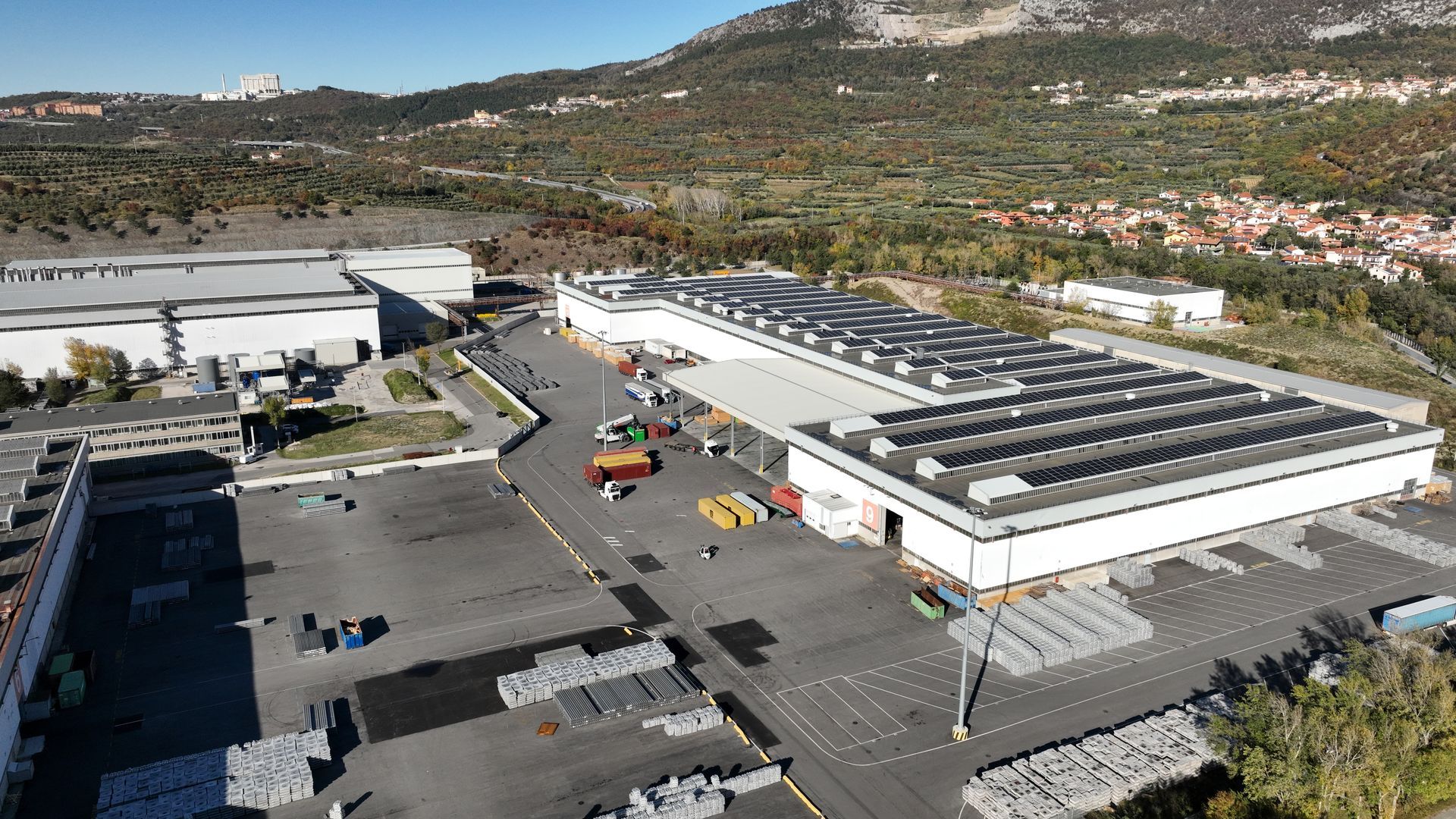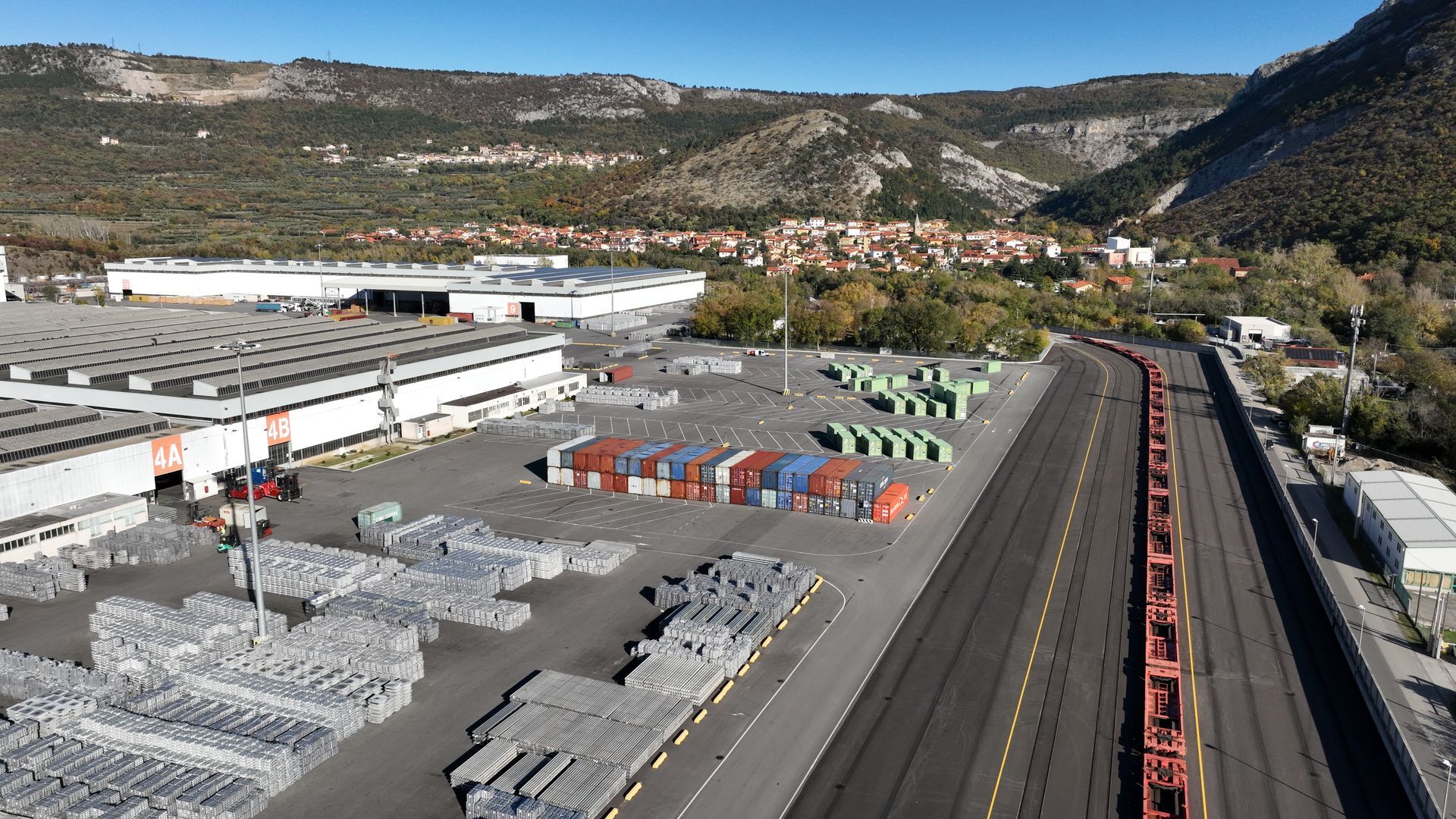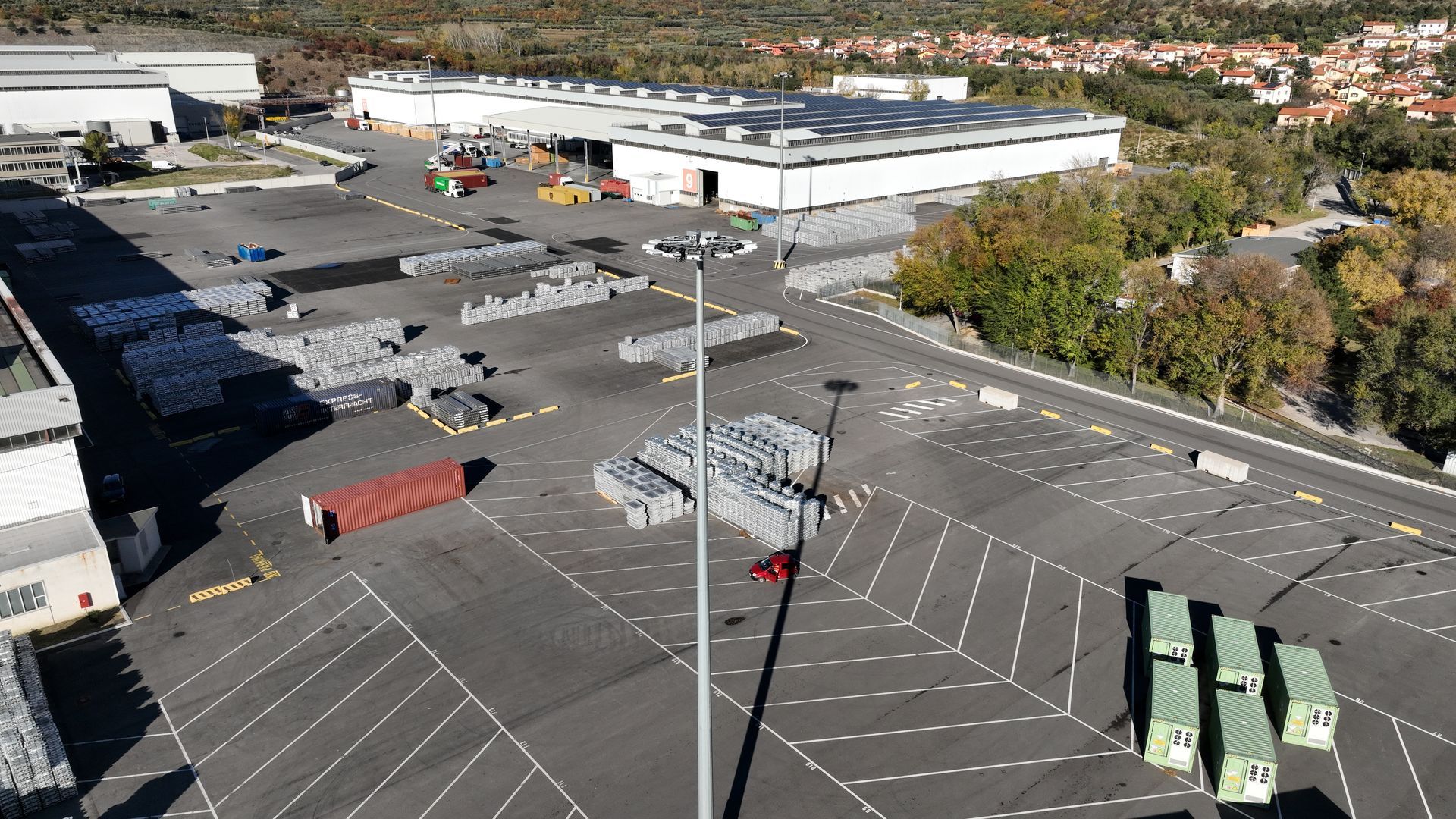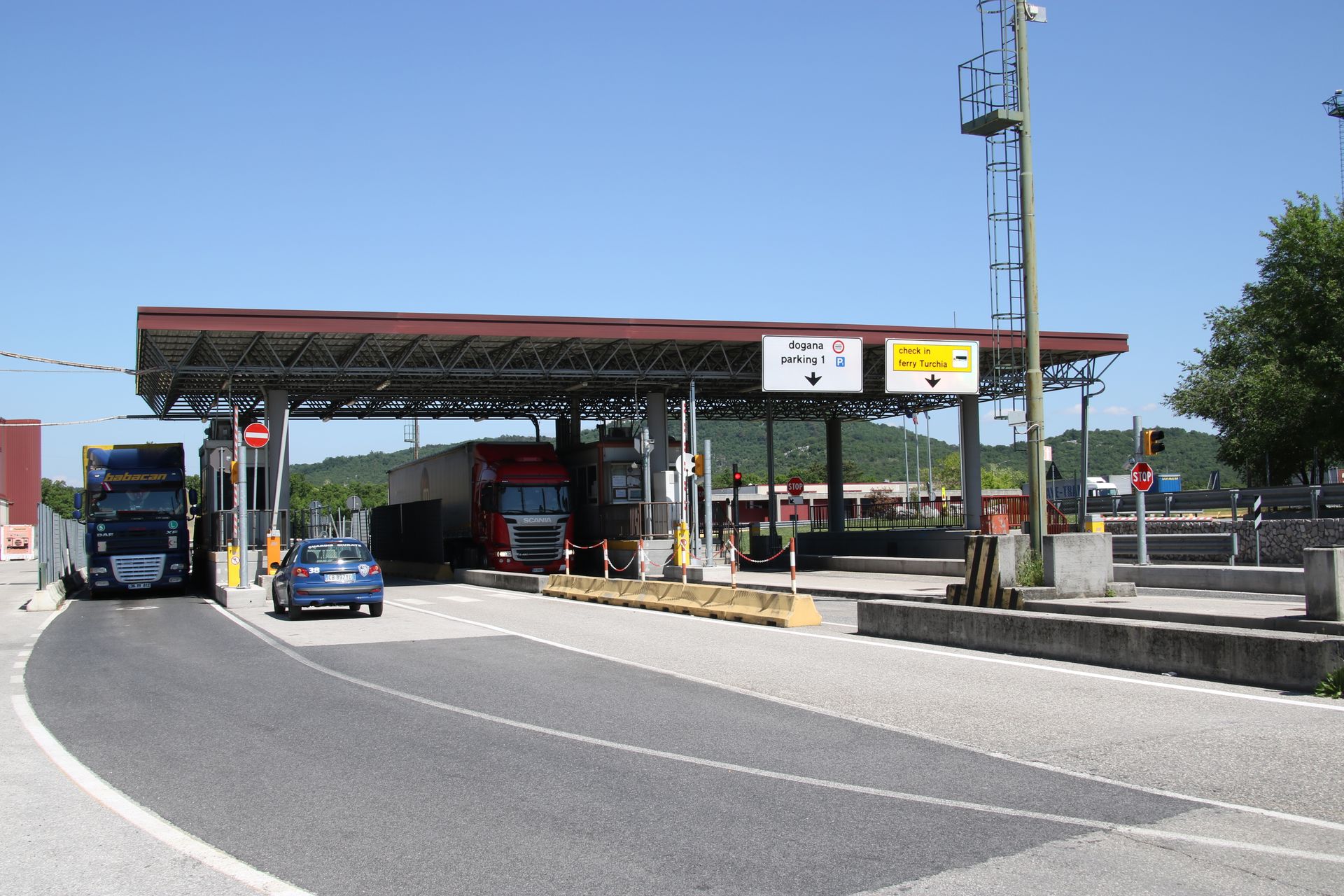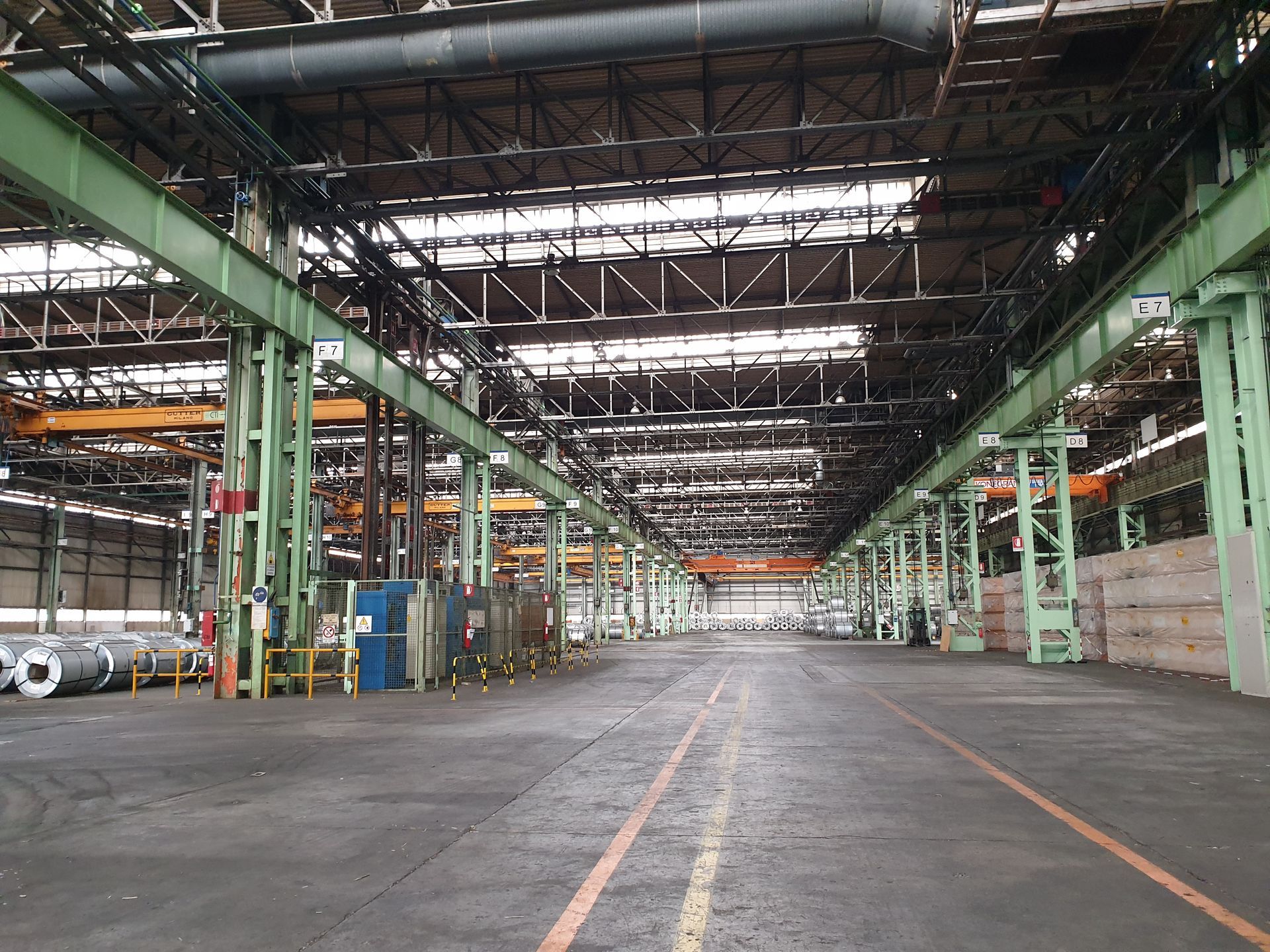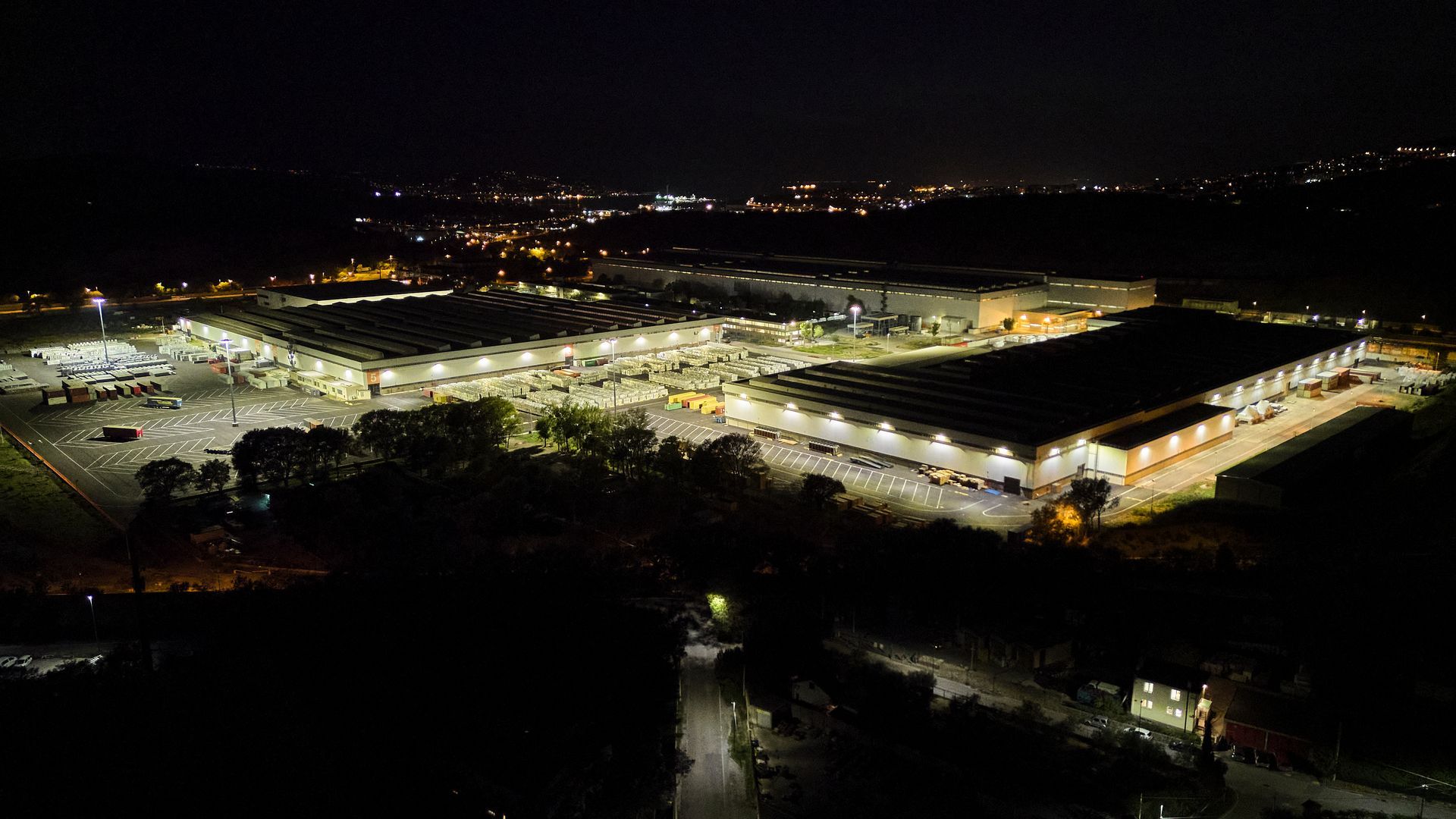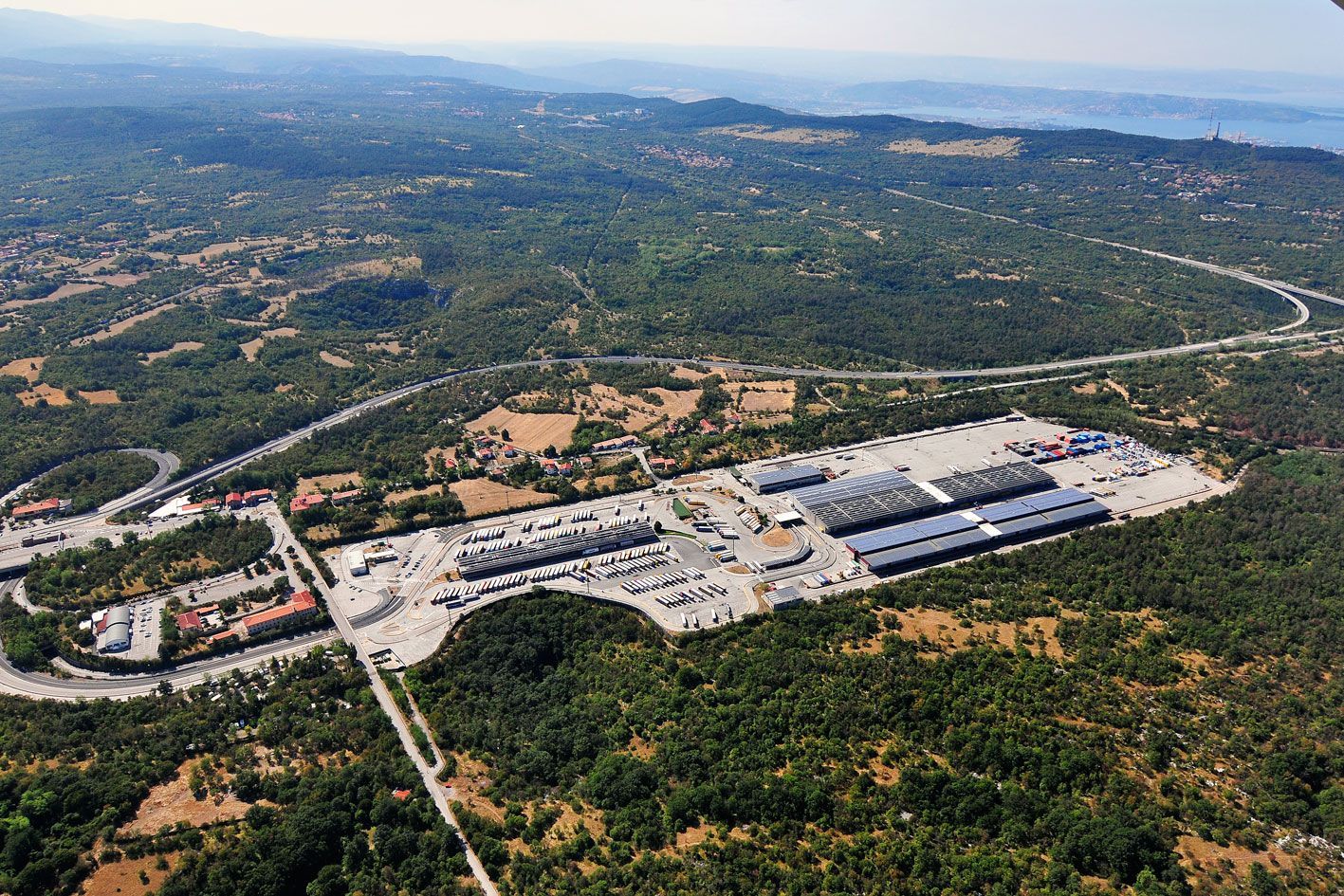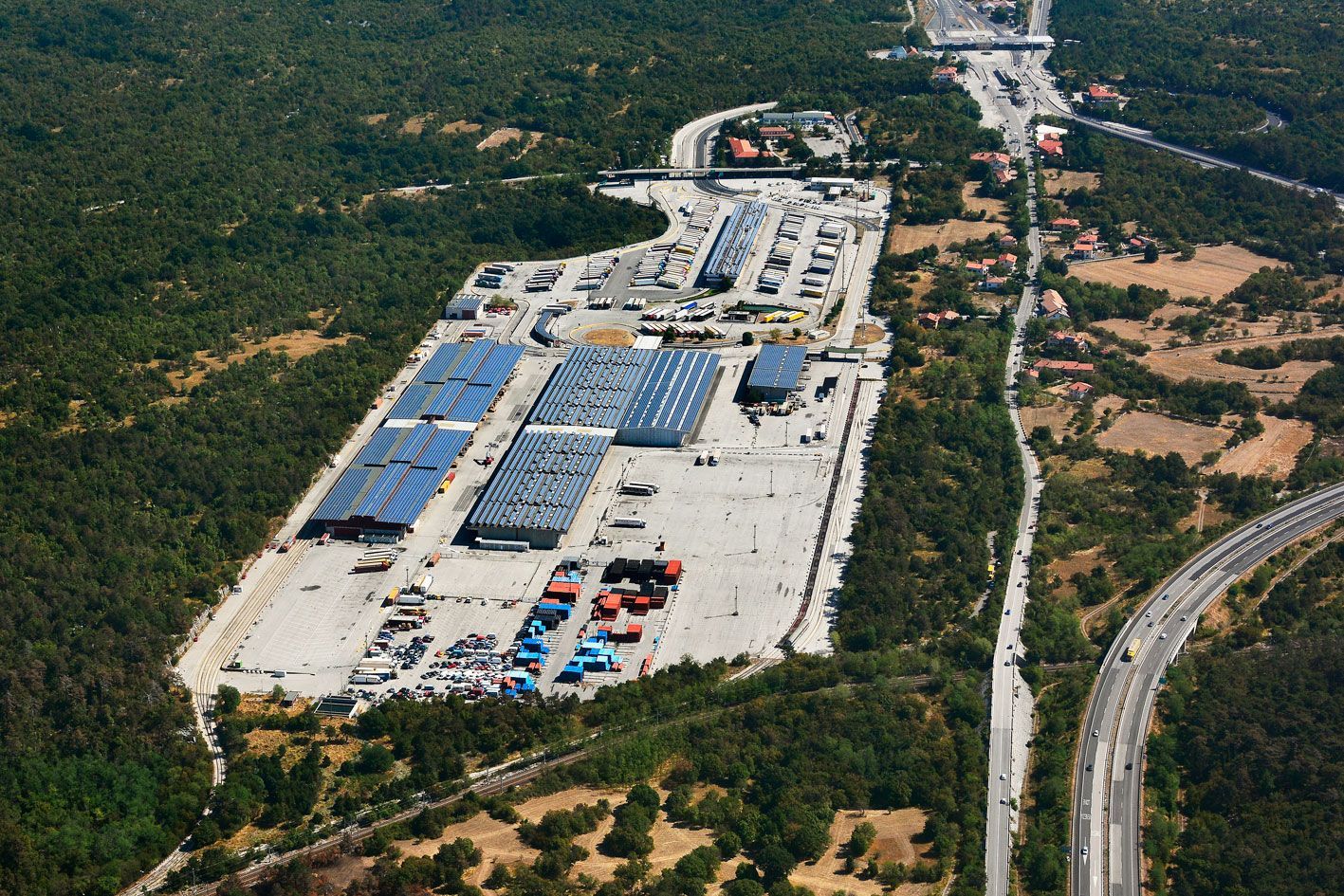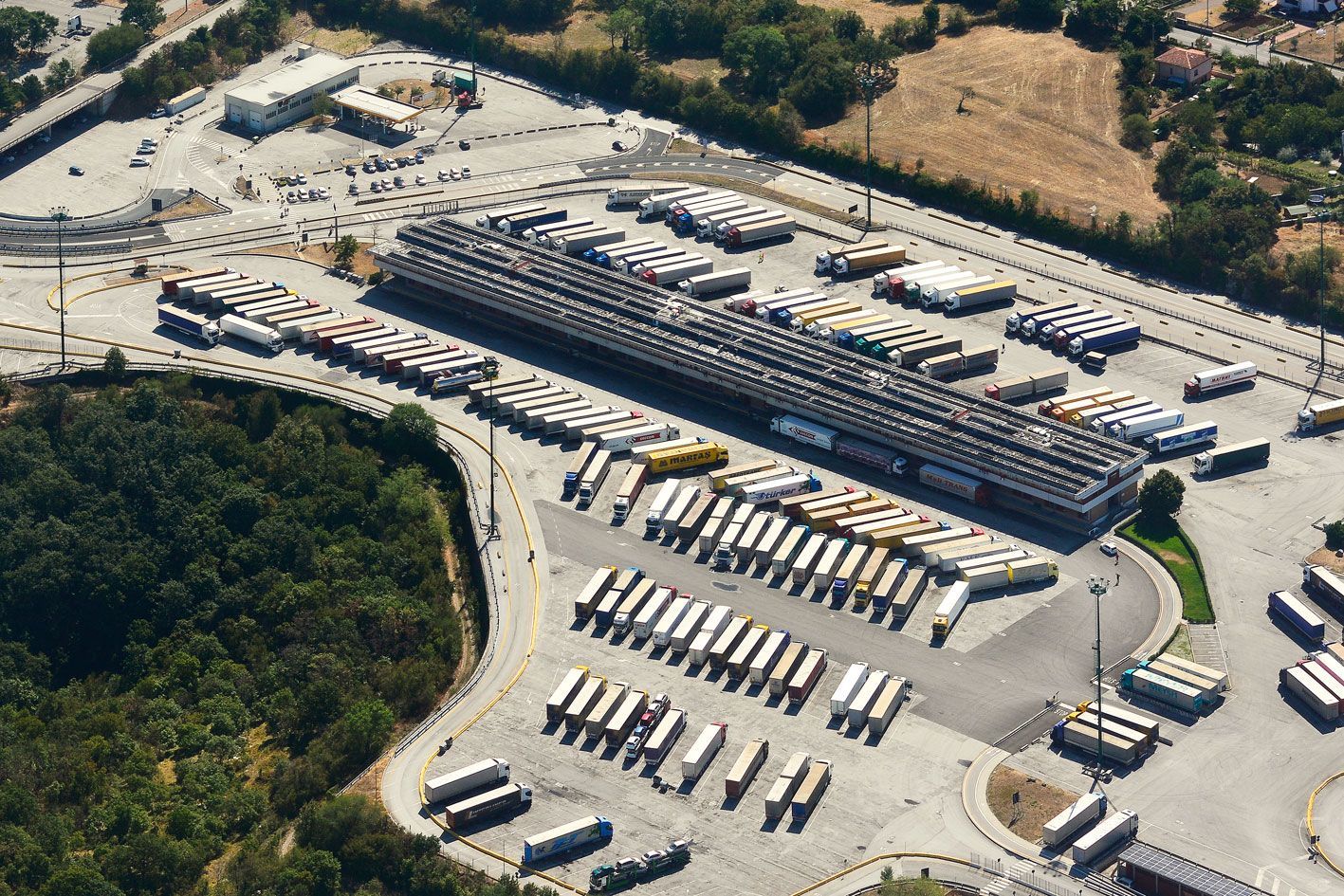Trieste Interport
The story
For a long period after the Second World War, the border between Italy and Yugoslavia represented a very rigid demarcation, defined as the "Iron Curtain", a term which reflected the great difficulties in establishing commercial relations between the two distinct realities into which the European continent was divided.
For many years, this border functioned not only as a demarcation line between two states but also as a barrier between two areas characterised by extremely different political, economic, and social regimes. During the 1970s, this situation gradually began to ease, and at the same time, significant commercial and tourist movements began to emerge, placing increasing pressure on rather inadequate border infrastructure.
In those years, in fact, with the considerable growth in motorisation—linked to both the transport of goods and passengers—the need arose to regulate traffic flows, both nationally and internationally.
The road haulage
A suitable solution to achieve this objective was identified in the development of specific infrastructures, known as autoports, to be located near major urban centres and state borders.
- Urban trucking stations were designed to accommodate large land transport vehicles, unload goods, and distribute them within urban areas using smaller vehicles, which were more suitable for city circulation.
- Border truck terminals, on the other hand, were intended to receive large vehicles operating on international routes, in order to rationalise their flow towards final destinations.
From 1972 to the present day
The beginnings
The Fernetti Autoporto was conceived and built in this phase close to the border line defined at the end of the Second World War between Italy and Yugoslavia, in the same period in which other similar structures were built in Friuli Venezia Giulia, in Tarvisio on the border with Austria and in Gorizia with Yugoslavia itself.
The decade 1972 - 1982
In 1972 the “Consortium for the construction and management of the Fernetti Autoport” was established, while the first autoport area began operating in 1978.
In 1982 , the works were completed and the autoport structure was completed, marking the birth of “Gestione Autoporto Fernetti SpA”.
Development between the 80s and 2010s
The company consolidates its role as a 'border transport hub' in the context of European traffic by hosting the subjects involved in border traffic operations, such as freight forwarders, transporters, customs offices and the Guardia di Finanza.
2004 was a crucial year for the company because, following the fall of borders and the enlargement of the European Union, the obligation to pass through the autoport to carry out customs operations for entry into a European country fell away .
The company has had to adapt to the changing European context and its reference markets by abandoning its primary functions as a border truck terminal and increasing the peculiarities of an intermodal terminal by specializing in warehousing activities and introducing the first railway activities into its business.
In 2010, the construction of the direct railway connection to the adjacent Villa Opicina station was completed.
The Evolution: 2015 - 2020
In 2015, the company name changed from “Terminal Intermodale di Trieste - Fernetti SpA” to “Interporto di Trieste SpA”.
In December 2017, the acquisition of the land and warehouses from the Wärtsilä group in Bagnoli della Rosandra took place, for a total of approximately 240,000 m2 and an investment of over 21 million euros.
Since June 2018, the recently acquired area has become operational with the entry of the first goods into the warehouses.
In December 2018, control of the company Interporto di Cervignano del Friuli SpA was acquired. This operation is part of a broader project to aggregate the companies operating in the logistics and interport sector of the regional logistics system.
In January 2019, the International Free Zone regime was established at the Bagnoli della Rosandra site and the terminal was officially named 'FREEeste'.
The three-year period 2020 - 2022
FREEeste's operating area expands by another 30,000 m2 and work on the new 2,500 m2 roof is completed. The company begins promoting the infrastructural development of its areas to allow industrial activities to be carried out also under the International Free Zone regime. This leads to the signing of an agreement with BAT (British American Tobacco) in September 2021 for the construction of a production plant. Work begins on the new FREEeste railway junction aimed at modernizing it.
2023
Completion of FREEeste railway link works and start of railway services. Completion of works and delivery of the new BAT warehouse in FREEeste.



